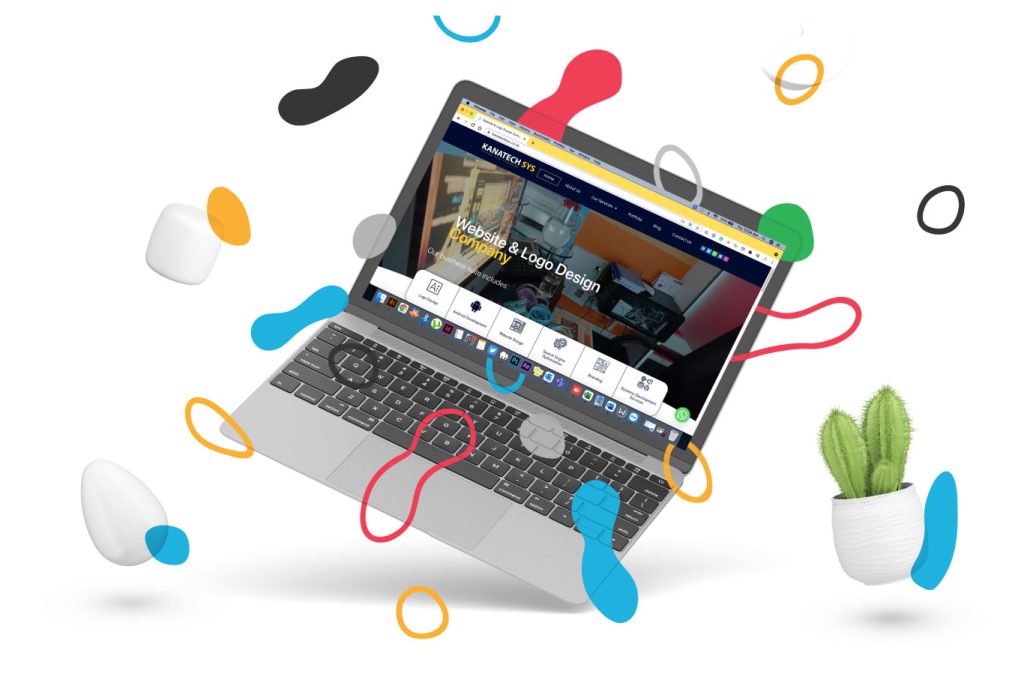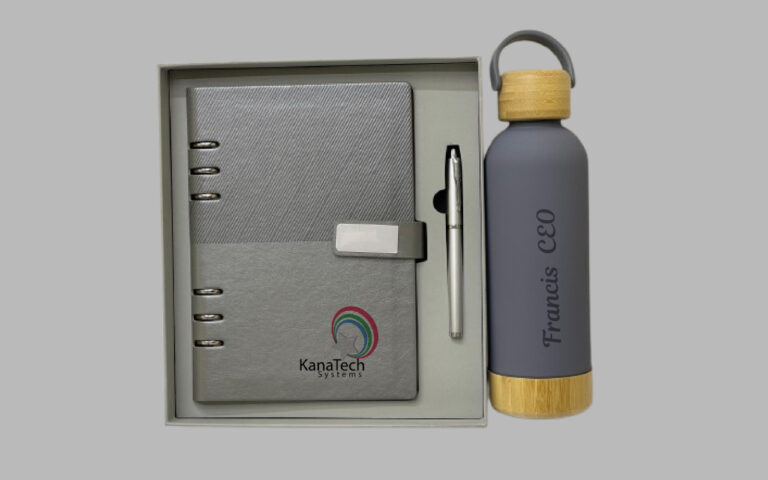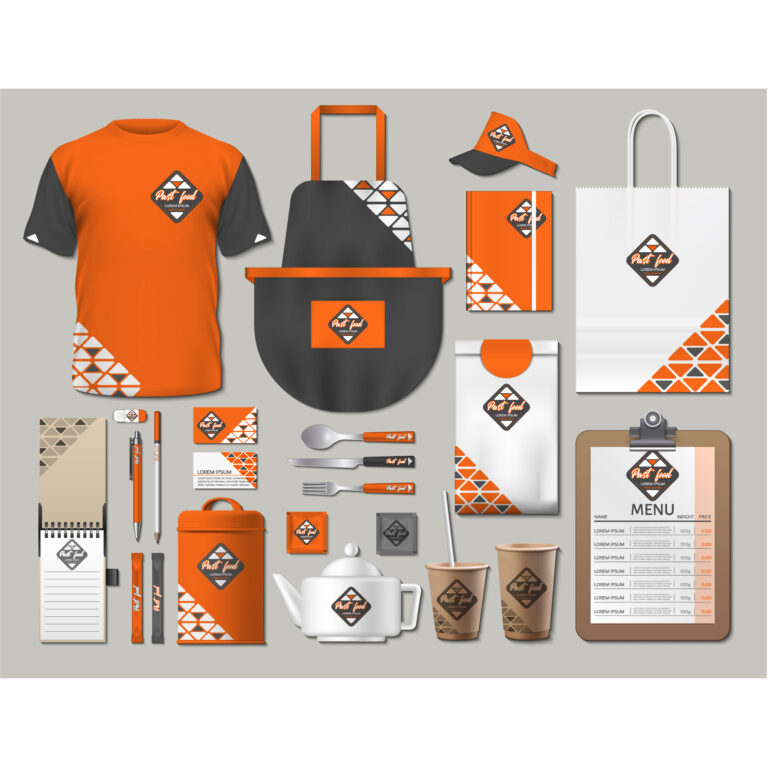How to create a website design brief by Kanatech Systems
What is the definition of a website design brief?
It outlines the entire design process, the requirements of the design, and the expected timeframe for every stage of the process.
Familiarize yourself with your client’s background in this step, and ensure that every aspect of your client’s background is well understood. Design beliefs, in most cases, are created before the deals are closed. Therefore, learning about the client’s business aspects is best to create a much better layout for the proposal.
This step requires a lot of time for a maximum and better layout.
Provide competitor research
This helps make a more personalized proposal.
Knowing what the competitors are doing helps decide features to use on the client’s website. Before proceeding to other steps, this is helpful since it helps in the building of the proposal and also in the other steps.
Create a project overview
The overview includes all the packages delivered to the client from scratch or working on the existing design.
Using an existing website is advantageous as one is only required to familiarize with the design layout and codes used. A new website requires one to ultimately establish and precisely understand the codes and structure of the system.
Branding
Involves defining all the work to be done in terms of branding.
Logo, brand, and other things that create the brand image should be essential when designing a website. Most business owners will approach designers with an existing logo and demands, which include a website based on the logo style and color choices.
In fewer cases, they will request the general tone for the brand be created, but it would be essential to check if it is necessary; otherwise, extra work hours may be needed.
Define modules and special features
Defining the particular features before creating the website. They include: –
- Details in the contact form
- Number of contact forms
- Calendar for booking
- Ecommerce to be implemented
- SEO optimization
- Setting analytics services
Define a clear goal
Your clients need to know before letting you know the website’s primary goal. A good example is modern clients creating websites to ensure their clients have the digital address to find more information about the business.
The standard expectation with people on websites are: –
- More sales
- More subscribers
- Brand awareness
- More engagement in general
- Improved presence on the web
There are others, but the above are the common ones.
Define your involvement in content creation
Websites with quality content have enormous demands and end up being a way of attracting clients.
Therefore, there is a high chance that the client will demand that the content be created for them on their websites, although rare in the website development process.
Taking an example of a client who requests their home page be written means that more time will be spent learning about the business and its target audience.
A complete SEO service blogging services should be proposed.
Project schedule and timeframes
Coming up with timeframes for where the work will be delivered is important; this helps in a clearly defined timeframe leading to a satisfied client.
Clearly stating the time it will take before the task is complete helps avoid unnecessary misunderstandings with the client. For example, if the whole job takes three weeks, it is good to clarify with the client. It is advisable to state the time clearly.
Involvement the client is going to have in the design process.
Clients may request to be involved in the design process; keeping this in mind, it would be good to define it. This avoids too many changes due to clients’ demands.
The best scenario is when the client is not much involved, but rather they have set goals and expectations that you, as the designer, must try to achieve. This saves a lot of time, as timeframes will be very clear.
On the other hand, a more complicated client who will insist on being involved in the whole process will cause a lot of time wastage as also the timeframe will be a challenge to achieve.
Setting budget
Breaking it down is also an excellent option to make the client understand what and why one is charging a certain amount of money, let’s say amount z. Through this, it would be easier to land the job because there is room for negotiations.
Most clients make decisions mainly using pricing; keeping this in mind, it would be healthy to provide a price within a competitive range. Avoiding being too expensive and selling yourself cheap again would be a bad idea.
Discuss website hosting management options
It happens when your client is not interested in managing the website, forcing you, as the designer, to go ahead and include hosting management options as part of the proposal. They include: –
- Updating the payment plan
- Paying for the hosting services
- Configuring the server (based on the needs of the client’s website)
A good hosting plan is helpful since some websites’ requirements end up being more demanding than others and to avoid client dissatisfaction.
Website maintenance and updates
After successfully launching the site, it is good to decide whether to provide the other extra content for their website and the management. Creating a retainer happens when the designer does the maintenance and updates with the permissions from the client.
Through creating a retainer, the business relationship is enhanced, and the goal of better results is achieved so long as there is a good strategy.
Final thoughts
At KANATECH SYSTEMS, a good design brief is essential for the success of any business. The client understands the aim of their business vision and goals and looks forward to them being met, while the designer agency expects that the client’s goals are realistic.
















